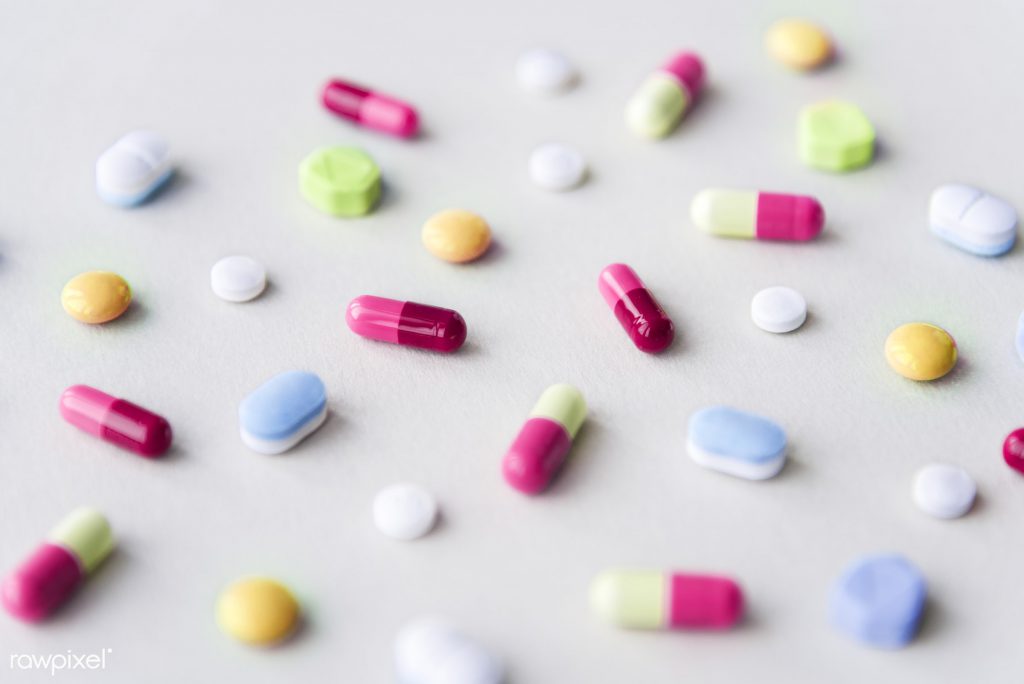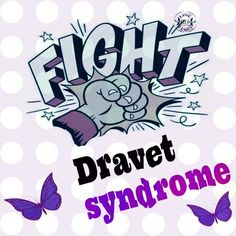There is a lot of controversy about giving CBD products or medical marijuana for conditions such as epilepsy in children, and rightly so! These are our children, our future, and we want what is best for them.
As a grandparent of a beautiful bright five-year-old boy, I watch his mom, in tears born of frustration because she doesn’t know why there are smiles one minute and then aggressive behaviour the next. After many ‘experts’ opinions, consultations, and doctors, they are no nearer to what the issue is. She questions whether she is a good mom or the lousiest mom on the planet and it breaks my heart because I know she is the best.
While he doesn’t have epilepsy, I see the frustration she goes through. Many parents go through terrible anguish when their children’s health is concerned; they rely on doctors who may not know what is wrong and still prescribe traditional pharmaceutical drugs to cure them, but, are there other solutions?

I want to talk about Epilepsy and its very profound effect on children and using cannabis to manage it.
What is Epilepsy?
Table of Contents
Epilepsy is a neurological disorder marked by sudden recurrent episodes of sensory disturbance, loss of consciousness, or convulsions, associated with abnormal electrical activity in the brain. It is the fourth most common neurological disorder and affects people of all ages. Sometimes the cause is completely unknown – 6 out of 10 people.
There are two main types of seizures – focal and generalized; focal seizures affect one side of the brain while generalized affect both sides.
How Common is Epilepsy in Children?
World Health Organization (WHO), predicts that approximately 5 million people, worldwide, are diagnosed each year.
According to the Canadian Epilepsy Alliance Organization, about 14.6% of Canadians are 0-17 years old.
In the United States, currently, epilepsy is the most common childhood brain disorder affecting approximately 470,000 children under the age of 17.
About two-thirds will outgrow their seizures by the time they become teenagers.
What is the Cause of Epilepsy in Children?
Among other things, a seizure can be caused by:
* a brain tumour
* brain damage as a result of an illness or an injury,
* stroke
* chemical imbalance of neurotransmitters (neurological disorders),
* alcohol or drug abuse,
* congenital or genetic issues.
But causes cannot always be determined.
Can Children Die With Epilepsy
NOVA SCOTIA
One study in Nova Scotia monitored 692 children who developed epilepsy from 1977 to 1985. It was easy to identify these children and follow up because of the government-funded healthcare system in place.
3.8% died; the results were compared to other deaths in children of the same age and sex in Nova Scotia.
The study concluded that children with epilepsy had a higher rate, five times more, of dying within 15 to 20 years of their diagnosis.
After further studies and eliminating deaths from severe neurological problems, they concluded that the rate of death among those with epilepsy without underlying neurological disorders was the same as the rate of children who did not have epilepsy. This is good news for parents.
The full study can be reviewed here.
THE NETHERLANDS
Another study monitored 472 children who had developed epilepsy between 1988 and 1992. The results were similar to those in Nova Scotia. Out of the 472, 144 had epilepsy related to neurological problems with 9 deaths.
Again, the good news for parents is that those children with epilepsy who had no other underlying disorders such as neurological did survive and the risk of death was no greater than those children who did not have epilepsy. The full study can be reviewed here.
SUDEP
SUDEP is Sudden Unexplained Death in Epilepsy which causes someone, without any warning, to die.
One study in Ontario Canada researched sudden deaths which occurred between 1988 and 1998 in children under 18 who had epilepsy.
27 cases died with more than half of those having other preexisting neurological problems and exhibiting convulsive seizures. The full study can be reviewed here.
Current Treatment of Epilepsy and Side Effects

Anti-Epileptic Drugs (anticonvulsant): These are Benzodiazepines and the most common ones are lorazepam, diazepam, clonazepam, and clobazam.
Side effects – drowsiness, loss of muscle coordination, behaviour changes such as aggression, confusion, nervousness), and loss of appetite.
Ketogenic Diet: This diet promotes the metabolic formation of ketone bodies by causing the body to use fat rather than carbohydrates as its principal energy source.
Side effects – frequent urination, low blood symptoms, drowsiness and dizziness, constipation, diarrhea, sugar cravings, muscle cramps, and flu symptoms.
Depending on the type of epilepsy, surgery may be recommended.
Statistics on Cannabis and Children
Many statistics are supporting the administration of cannabis to children with epilepsy.
The Epilepsy Foundation supports the proper administration of CBD oil and medical cannabis. Their mandate is to make sure that a patient has safe and legal access to cannabis and CBD. The foundation believes the benefits outweigh the risks of severe epilepsy.
A medical review for Intractable Epilepsy in Childhood by the National Library of Medicine in January 2020 concluded the following:
“Pure CBD such as Epidiolex and CBD-enriched cannabis and oil extracts enabled seizures to be managed and controlled in such severe syndromes as Dravat and Lennox-Gastaut. However, THC content should be as low as possible because the THC itself could cause more harm with the possibility of side effects on memory, behaviour and cognition.”
The review also states that more control has to be exercised over regulations and manufacturing, and packaging and labelling for safe use, as 64% of samples tested showed the concentrations differed from what was specified.
Epileptic Seizures Reduced
A case study by BMJ Paediatrics Open concluded that seizures fell an average of 86% in ten children who were administered medical cannabis for intractable epilepsy.
The children were 18 years old and under and were treated with whole-plant CBD oils with no adverse side effects. The treatment was effective and well-tolerated. The BMJ feels these findings warrant further research and studies.
Charlotte’s Web
Charlotte’s Web (a high strain of CBD with virtually no THC) was developed in Colorado for a young girl, Charlotte Figi, “the girl who is changing medical marijuana laws across America.”
Charlotte suffers from severe epilepsy seizures known as Dravet Syndrome which are severe and almost continuous. Using the high-strain CBD oil, her seizures have reduced from over a thousand to a few a month. The strain, Charlotte’s Web, got its name because of its web-like appearance with long thick appendages that wrap around its buds.
Pharmaceutical treatments have serious side effects and lethal dosages whereas CBD’s only side effect is a feeling of dizziness or potential nausea and has no known lethal dosage.
NOTE: Charlotte Figi Today
Unfortunately, Charlotte Figi, who we mentioned as inspiring the CBD movement for epilepsy died at age 13. Although not expected to see her 9th birthday, she beat the odds, playing, eating and riding a bike.
In 2020, everyone recovered except Charlotte when the whole family was sick with fevers, pain, coughs and stomach problems. It has been suggested that even though she tested negative, it could have been Covid-related. She suffered from pneumonia, breathing problems and seizures, and succumbed to her illness on April 7, 2020.
Charlotte is probably best known for inspiring the Stanley brothers, growers in California to develop the high CBD/low THC strain called Charlotte’s Web which proved effective in lessening her seizures.
Preston’s Journey
Charlotte Figi is only one of many children who suffer from severe seizures. A little boy, Preston James, travelled with his family from North Carolina to Colorado, seeking CBD for his relentless seizures. Since he was three months old, he was on a rotation of drugs including Klonopin, Felbatol, Keppra, Zonegran, Topamax, Diamox, Banzel, vitamin infusions, and a special high-fat diet, costing several hundred dollars a month, with little results, and many serious side effects. At 6 years old, Preston was diagnosed with Dravet Syndrome – the same as Charlotte Figi.
Dravet syndrome is a rare, catastrophic, lifelong form of epilepsy that begins in the first year of life with frequent or prolonged seizures, previously known as Severe Myoclonic Epilepsy of Infancy (SMEI); it affects 1:15,700 individuals.

In 2012, his mom Ana saw a video on Facebook about a California man who was using medical marijuana for seizures his son was experiencing, then in 2013 when Preston was 12, she saw a documentary on Charlotte Figi and Charlotte’s Web. This convinced Ana and several other parents of children with Dravet Syndrome to move to Colorado.
Twelve days after arriving in Colorado, Ana was able to get the first dose of Marijuana oil. Read about the incredible journey that Preston and his mom went through to get the oil and the overwhelming results.
Is There Hope for Other Children with Epilepsy
Despite these two incredible, heart-wrenching stories, there is still a lot of controversy and distrust of CBD to manage epilepsy.
We are still seeing headlines like the following:
“Government rules out granting medical cannabis license to a boy, 6, with ‘death sentence’ epilepsy condition.”
However, there is hope. An FDA-approved clinical trial of Epidiolex (made from cannabidiol for the treatment of Dravet Syndrome) was conducted a few years ago and the results were as follows: 54% of patients experienced fewer seizures while 9 percent had their seizures cease after 12 weeks of treatment. Since then, the trial moved to a double-blind study.
GW Pharmaceuticals announced this year that the New England Journal of Medicine has published results from a Phase 3 study of Epidiolex® (cannabidiol) in children with Dravet syndrome. GW Pharmaceuticals is a British-based company founded in 1998 with operations in the US and the UK. it is the leader in the development of plant-derived CBD therapeutics and has been working to get Epidiolex approved for drug-resistant epilepsy syndromes. They have announced the acceptance of NDA filing for Epidiolex and expect a decision in mid-2018. There is hope!
(Disclaimer: Please be advised that this is not a medical endorsement.)
UPDATE: JULY 2019
In June 2018, the FDA approved cannabidiol (Epidiolex, an oral solution) for treating seizures associated with Lennox-Gastaut and Dravet Syndromes for patients aged 2 and over. This is the first drug containing a purified marijuana derivative that the FDA has approved.
UPDATED MAY 2022
Do you have someone in your life who suffers from epilepsy? Do you think CBD oil could be an alternative to pharmaceutical drugs as a form of treatment? Please share your thoughts and experiences below.
Mary Ann shares her passion and personal experience with CBD and medical cannabis as well as the experiences of others. Do visit regularly to find out the ins and outs of CBD and medical marijuana products. If you are passionate about something and would love to share it on your own website, then click here to get started.


It is hopeful to see new options for seizure treatments that do not have so many side effects. The testing and approval processes do take time but are important to rule out long-term issues that may arise. I can only imagine how parents feel to see their children suffer knowing that there may be a treatment that works but not FDA approved. Excellent, educational post, great job.
Thank you Paul. Yes, I so agree. I was blessed with two kids who just had the regular colds and stuff kids normally get. I never had to deal with anything as heart-wrenching as epilepsy, especially in severe cases. Let’s hope the FDA will step up their game!